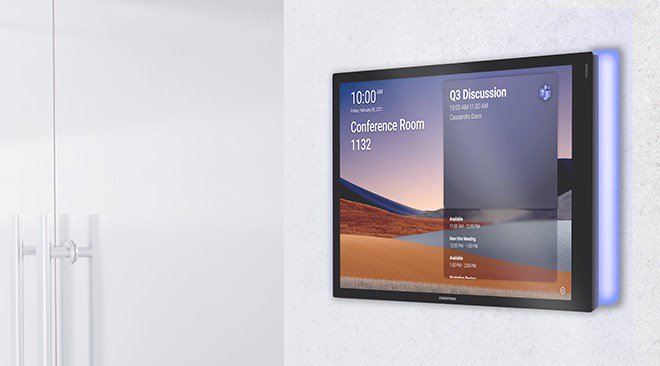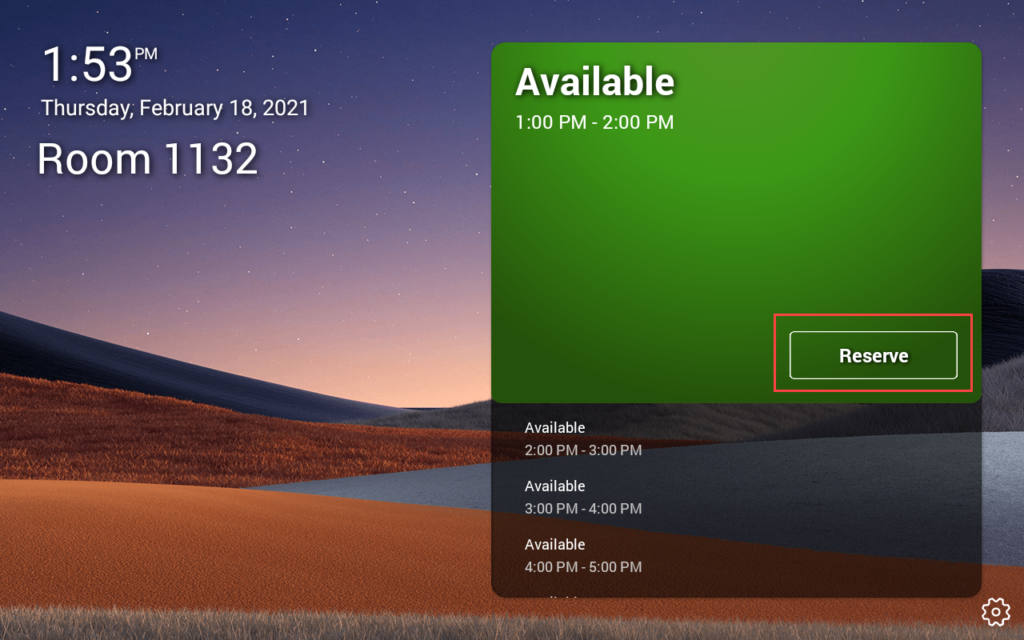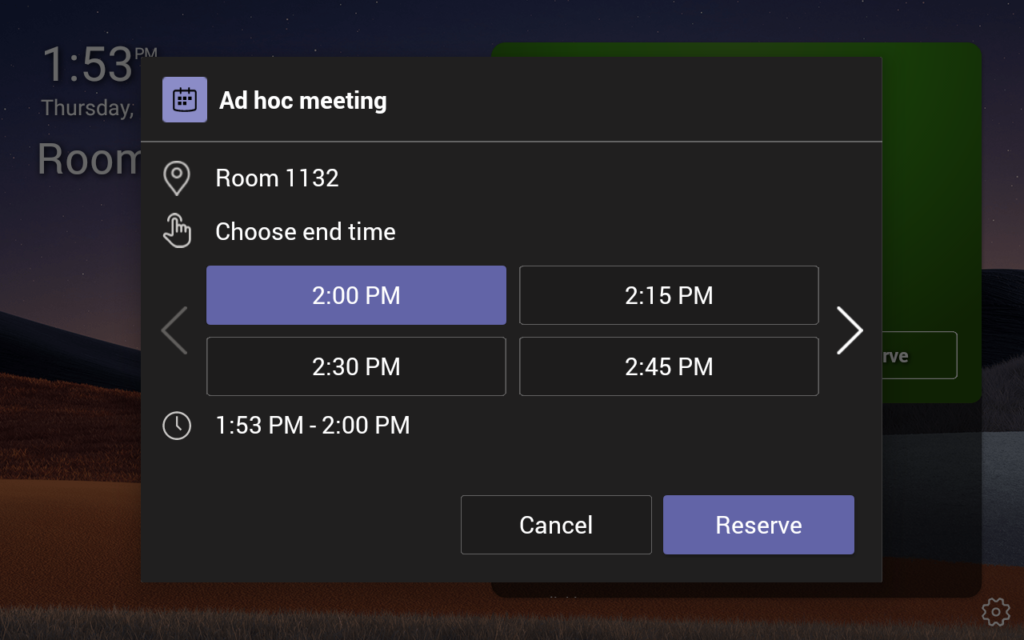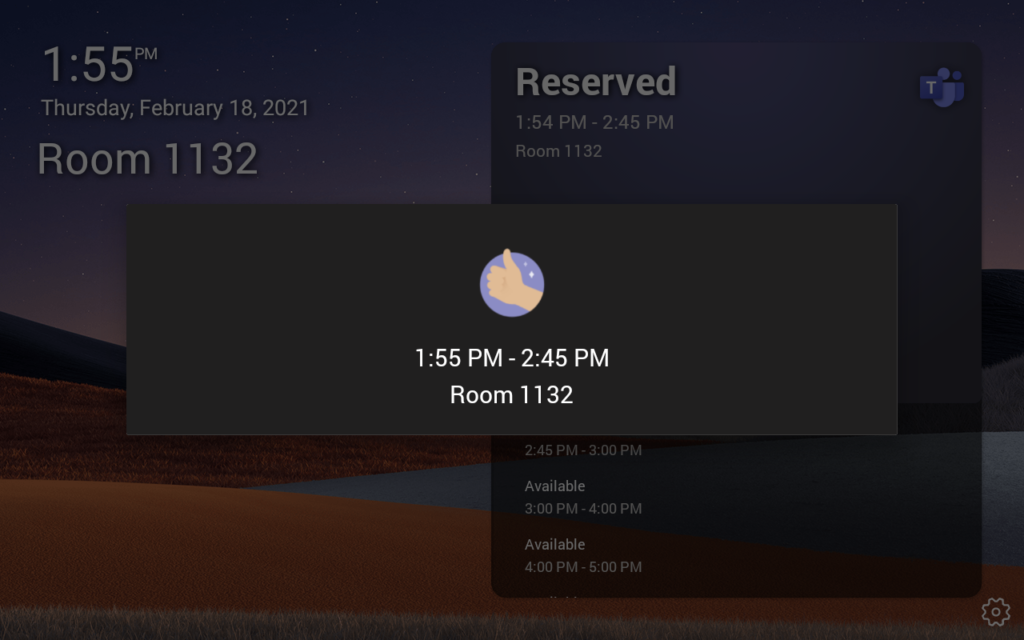When working with Nintex workflow Item Update activity you would realize that it has different properties for document library and lists. For example if you are updating an item in document library it will allow you to update both Name and Title vs in Custom list it will only give you title.
This works perfectly fine until someone decided to use the folders in custom list and then have a business process to rename the workflow. Then Item update activity would not work in this case. Since to rename workflow you would need to set the Name property and not the title property but since it’s a custom list Workflow only property that is available to you is Title.
Workflow would run just fine and update the title but when you click on the folder it will display the folder Name and not the title.
With this business problem I have decided to use the REST API to update the folder Name. I am not going to talk too much about how to use the REST API with Nintex workflow since there is a good article on that. You can read about it at the following URL.
https://community.nintex.com/community/build-your-own/blog/2015/04/24/how-to-execute-a-rest-api-request-with-nintex-workflow
Only change you would need to do to change the folder Name is in the last step. In the last step you would need to change the property that you would like to update. So in our case it will become,
{
'__metadata' : { 'type' : '{WorkflowVariable:listItemEntityType}'},
'Title' : 'Folder Title',
'FileLeafRef' : 'Folder Name'
}
And that is all you would need to do to rename a folder. Knew it would be simple but since I had to plug that REST API using the Nintex workflow there is some plumbing that you would need to do. 🙂






